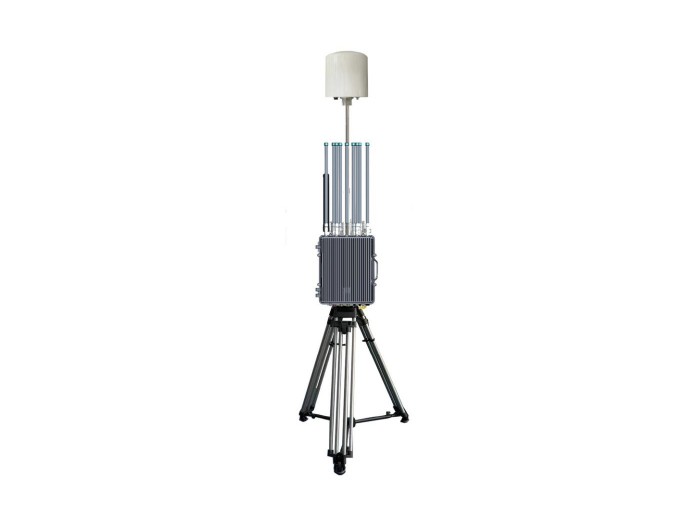What Are Military Drones Called?
In an age where aerial surveillance and combat capabilities can significantly alter the outcomes of military operations, understanding the nomenclature and functionality of military drones is essential. More formally referred to as Unmanned Aerial Vehicles (UAVs), these advanced flying machines are becoming integral to modern warfare strategies. However, the confusion often arises regarding the different types of military drones and their nomenclature. Users frequently seek answers about what these drones are called and how they can be effectively deployed. This article delves into the various classifications of military drones, their distinct advantages, current applications, and industry trends.
Understanding Military Drones: Definitions and Classifications
Military drones, or UAVs, are unmanned aircraft designed for a variety of military applications—ranging from reconnaissance to targeted strikes. Generally, these drones are classified into different categories based on their size, capability, and purpose. The primary classifications include:
- Fixed-Wing Drones: These drones resemble traditional airplanes and are suited for longer missions due to their higher speed and endurance. Examples include the MQ-1 Predator and the MQ-9 Reaper.
- Rotary-Wing Drones: Commonly known as drones, these helicopters provide vertical takeoff and landing capabilities, making them ideal for urban environments. The AH-64 Apache and the RQ-7 Shadow are notable examples.
- Hybrid Drones: These combine features of both fixed-wing and rotary drones, allowing for flexible operations through vertical takeoff and efficient long-distance flight. The K-MAX drone is a prime representative.
According to the Pentagon, military expenditures on UAVs have surged, with estimated budgets indicating increases beyond $8 billion by 2025, highlighting their importance in contemporary warfare. Drones play crucial roles in intelligence gathering, surveillance operations, and precision strikes without endangering pilot lives.
The Benefits of Using Military Drones
The application of UAVs in military operations provides numerous advantages. Here’s a closer look at some of the key benefits:
- Enhanced Surveillance: Drones offer high-resolution imagery and real-time video without the risk involved in manned missions. This capability allows operators to gather intelligence on enemy movements and assess threats with increased accuracy.
- Cost-Efficiency: Compared to traditional air support, drones can significantly reduce operational costs. They do not require onboard personnel, which lowers not only crew expenses but also the training and support costs associated with piloted aircraft.
- Operational Flexibility: Military drones can conduct missions across various environments, including urban, rural, and hostile terrains. Their operational versatility makes them indispensable for quick-response situations.
- Reduced Risk of Casualties: UAVs serve as force multipliers by conducting reconnaissance and strikes with minimal risk to human life. This factor is especially crucial in high-stakes environments.
Statistics release by the U.S. Air Force indicate that drone strikes have successfully neutralized high-value targets in regions where ground troops would have faced significant risks.
Wide-Ranging Applications of Military Drones
The diverse functionalities of military drones enable them to be employed in various operations. Some prominent applications include:
- Reconnaissance and Surveillance: Drones are equipped with high-definition cameras and sensors for performing intelligence-gathering missions without exposing personnel to danger. They can track enemy troop movements and gather real-time data on battlefield conditions.
- Combat Missions: Armed drones, such as the MQ-9 Reaper, are equipped with missile systems and precision munitions, enabling them to engage enemy forces with surgical accuracy and minimal collateral damage.
- Search and Rescue Operations: Drones are increasingly being utilized in search and rescue missions due to their ability to cover vast areas quickly, providing critical information during emergencies.
- Logistics and Supply Drops: UAV technology is advancing toward delivering supplies to isolated units, ensuring that front-line soldiers remain well-equipped even in challenging environments.

The U.S. Army reports that drone usage in combat has increased mission success rates by 40%, showcasing the significant advantages they provide in modern warfare.
Current Trends and Innovations in the Military Drone Industry
With technology rapidly evolving, several trends are shaping the future of military drones:
- Increased Autonomy: New drones are being developed with advanced AI capabilities that allow for autonomous flight and decision-making, reducing the need for human intervention.
- Swarming Technology: Multiple drones can operate in tandem to accomplish complex missions, demonstrating higher effectiveness during operations by leveraging collective data analysis.
- Improved Stealth Features: The latest drones are designed to minimize radar visibility, enhancing their capabilities for covert operations.
According to a recent study by Military Technology, the use of swarming technology could potentially increase the operational efficiency of military drones by 60%. As these trends develop, they outline a future where military drones will become even more integrated into tactical operations and strategic planning.
Recommendations and Key Takeaways
- Explore the various types of military drones to understand which meets your operational needs better by visiting our website for detailed specifications.
- Assess the benefits of leveraging military drones for surveillance and intelligence operations to enhance your strategic capabilities.
- Stay updated with the latest trends and innovations in military UAV technology by following industry news and reports.
- Contact us for a professional consultation on integrating drone technology into your military operations.
- Engage with our experts to discuss potential applications of drones in your specific scenario or mission.
Conclusion
In conclusion, understanding what military drones are called, their classifications, benefits, and current applications is crucial for anyone involved in defense, security, or technological advancement. As military UAVs become increasingly sophisticated and integral to operations, staying informed about their development and applications will maximize their effectiveness in today’s complex battlefield landscapes. For more information on integrating drone technology into your operations, visit our website today for expert insights and cutting-edge solutions.
















